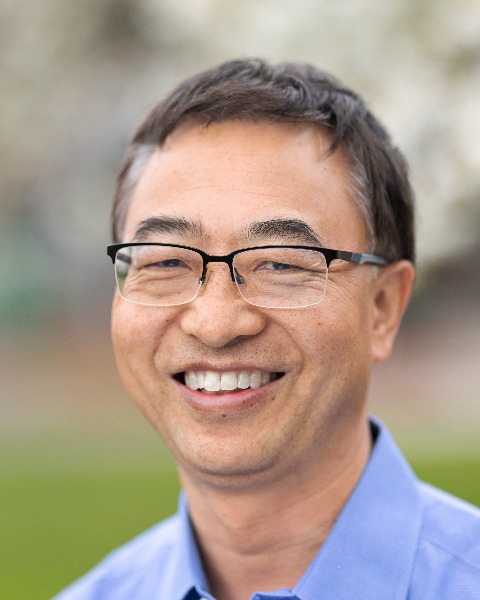Heterogeneous Integration
Afternoon Session: Building and Scaling AI: From Design to Productization
Material Matters: Why Dielectrics are the Pivot Point in Packaging & Lam Deposition Breakthroughs
Wednesday, October 8, 2025
3:20pm - 3:45pm MT
Location: West Building, 100 Level, Room 105 BC

Ming Li
Vice President of Strategic Projects
Lam Research
Tualatin, OR, United States
Speaker (HI)(s)
As the semiconductor industry pushes the boundaries of performance, power, and form factor, advanced packaging has emerged as a critical enabler of next-generation device integration. At the heart of this transformation lies a deceptively simple yet profoundly influential material class: dielectrics. This presentation explores how dielectric materials are redefining the roadmap for advanced packaging, particularly in the context of Lam's deposition technologies. Dielectrics are no longer passive insulators. They are active design levers that influence signal integrity, thermal management, mechanical reliability, and overall system performance. Their properties directly impact the scalability of interconnect layers (bonding pad, TSV, lines) and the manufacturability of 2.5D and 3D integration schemes. We will examine recent breakthroughs in atomic layer deposition (ALD) low-k dielectrics, plasma-enhanced chemical vapor deposition (PECVD) stress management films, PECVD bevel deposition, and novel deposition techniques of interdie-gapfill. These innovations are enabling finer line/space geometries, improved bonding quality and reduced warpage, which are key to meeting the demands of heterogeneous integration and chiplet architectures. The session will also highlight how dielectric engineering intersects with ecosystem collaboration to accelerate development cycles and ensure reliability at scale. Ultimately, this talk positions dielectrics not as a constraint, but as a catalyst pivoting packaging from a back-end process to a front-line innovation driver.
